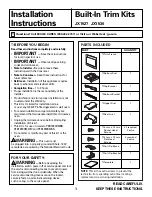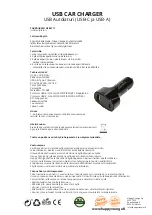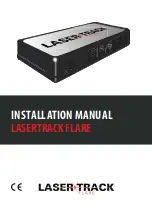
Narada Power Source Co., Ltd.
Eos operation manual V5.3
21
1.3 Conductance, Resistance vs. Capacity
There is a certain corresponding relationship between conductance & resistance and
battery capacity. We suggest to test battery conductance and resistance data at difficult
stage with same type instruments from same factory. Conductance and resistance data
is only a reference to judge whether battery is good. These data cannot replace loading
test to judge whether battery is good. We recommend to test these data on the surface
or side of battery post. If there are several pairs of post, please test on nearest pair of
post.
Figure 3-3 Test location for conductance and resistance
4.
Choose battery
If you choose Narada Eos Series battery, please refer to diagram3-3 monomer
lectotype curve for selecting battery capacity.
4.1 Firstly, confirm the end-of-discharge voltage. For example, end voltage for single
cell is 1.80V.
4.2 Secondly, confirm the continuous working period of battery group and its discharge
current. For example, it is required to reach 125A of constant flow output during the
power supply period of battery group for continuous 3 hours; then according to the
corresponding curve in diagram 2-3, the minimum capacity requirement will be
Eos-500.
4.3 Lastly, confirm the ambient temperature. At room temperature of 25
℃
, please
choose Eos-500; Otherwise, please refer to diagram 3-1 to confirm the temperature
coefficient, i.e., if temperature bellows 0
℃
, the capacity will reach 80% while it is
around 25
℃
, in that case, please divided by 0.8.
4.4 In order to assure the service life of battery, the depth of discharge should not be
too deep every time, that is to say, it’s better not to exceed more than 80%. Especially
for those areas that use battery more frequently. It is necessary that the batteries have
spare capacity every time after discharge, in order to prevent the damage caused by
long-term of insufficient charge.
Te
st
lo
ca
tio
n
for
co
nd
uctan
ce
an
d
i






































